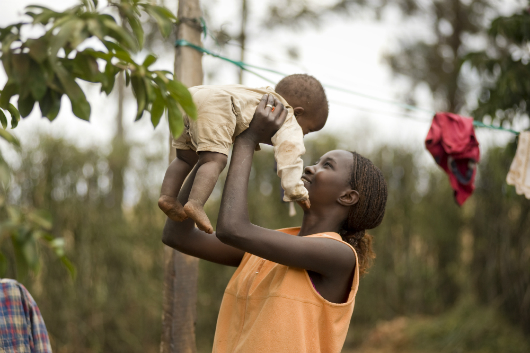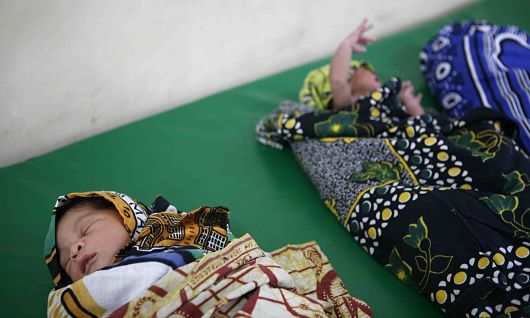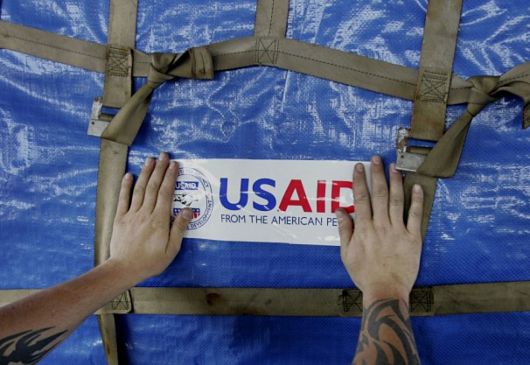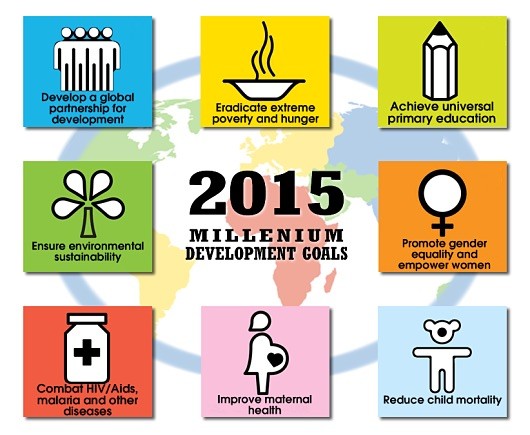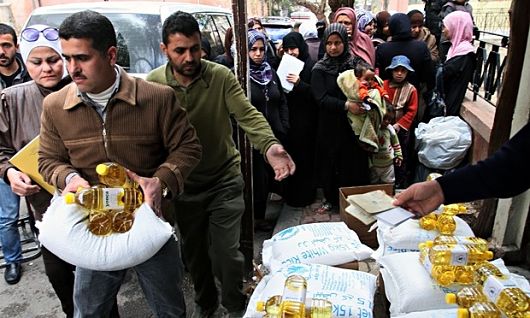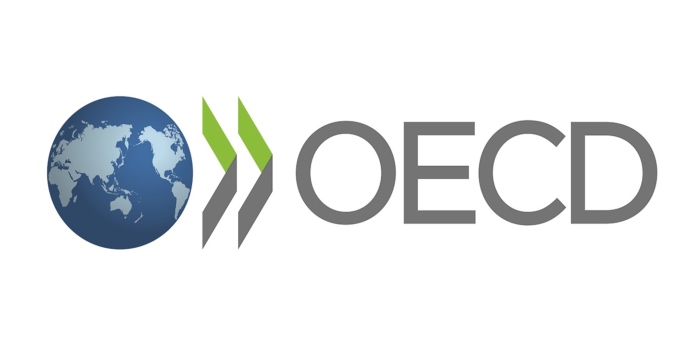 Not all aid is created equal. In the fight against global poverty, ensuring sufficient funds for aid programs is only half the battle. The other half is ensuring that aid is results-oriented, transparent, expedient and cost-effective.
Not all aid is created equal. In the fight against global poverty, ensuring sufficient funds for aid programs is only half the battle. The other half is ensuring that aid is results-oriented, transparent, expedient and cost-effective.
During the second High-Level Forum on Aid Effectiveness in Paris in 2005, the Organization for Economic Cooperation and Development (OECD) countries formulated the Paris Declaration. This declaration was meant to set benchmarks for how to measure the five key categories of effective aid: ownership, alignment, harmonization, results and mutual accountability.
While these five categories are intended to measure the effectiveness of all kinds of aid, they are particularly pertinent to health aid. Developing public health infrastructure in poorer countries is the “gift that keeps on giving,” ideally continuing to serve local populations well after aid has ceased. Thus, a robust public health outcome is an ideal metric to judge the quality of aid using the five categories of the Paris Declaration.
1. Ownership
Ownership, according to the Paris Declaration, involves partner countries exercising “effective leadership over their development policies and strategies.” This category is a measurement of how much aid recipients are involved in developing and executing programs that actually take advantage of the aid they are receiving. Aid strategies have traditionally assumed that once a country reaches middle-income status, it will have sufficient resources and self-interest to invest in public health, but unfortunately, this is not always the case.
For example, Nigeria is technically a middle-income country, but it spends less on public health than Rwanda, which a low-income country. Health aid can really only be considered effective if countries take ownership of health programs that outlive donor support as the country transitions into middle-income status.
Ownership is especially important given a recent estimate by the World Health Organization that predicts that in the next few decades, there will be a global health workforce shortage of up to 12.9 million. Aid programs need to ensure that recipients are developing adequate long-term strategies, especially when it comes to investing in health training and education.
2. Alignment
The dimension of alignment measures how well aid matches up with recipient strategies for dispersal and development. Development experts often criticize “tied” aid. This is aid that is contingent on the recipient procuring health products from the donor country, using their distribution infrastructure, employing foreign personnel or involving some other condition which is often not the most cost-effective or desirable for the recipient. Alignment essentially means “untying” aid to make sure that it aligns closely with the national development strategy of the recipient country.
A topical example of the alignment of health aid in the Global Food Security Act of 2015. This bill, currently introduced to the House and awaiting consideration, encourages local procurement of food aid for U.S. aid programs (among other things). Traditionally, food aid dispersal from the U.S. has been tied, requiring that a certain percentage of that aid be procured from the U.S. and dispersed using the U.S. merchant marine.
However, this bill seeks to do away with those requirements and favors recipient-country producers. This encourages the growth of local agriculture and health aid infrastructure, rather than out-competing them. Additionally, local procurement is faster, and in the event of a humanitarian emergency, recipient populations would not have to wait as long for foreign aid to reach them.
3. Harmonization
Harmonization involves cutting down on the plurality of programs that may have the same goal yet interfere and undermine each other. An aid recipient country may be host to dozens of organizations or programs that target public health outcomes yet do not communicate with each other, thus creating redundancies or inefficiency.
Harmonization is especially critical to public health, more so in emergencies. Currently, there is no standard system whereby donors can track and share how much and to where health aid is going, making it difficult to determine where it is most needed. The recent Ebola epidemic was a particularly disastrous indication of the need for better logistics and donor coordination; it is difficult to tell if health aid has even reached a recipient population, much less if it is redundant, or necessary.
4. Results
Just as it is important to harmonize aid efforts, tracking the progress of health programs has also been an ongoing challenge for donors and recipients. Health aid, despite good intentions, can be totally ineffective when it isn’t results-oriented. Tracking public health outcomes generally involves better data collection and census practices, which can be incredibly difficult to implement in developing countries that lack basic infrastructure.
Very recently, the Girls Count Act passed the U.S. House of Representatives. This act directs the Secretary of State as well as the United States Agency for International Aid and Development (USAID) to work with developing countries to build adequate civil registration systems as well as create economic and social policies that are deliberately inclusive of women and girls. The idea is that better demographic data and inclusive policy can help traditionally marginalized populations (such as women) take advantage of existing social safety nets. Additionally, better demographic data would lead to more effective health aid, as donors often lack access to accurate census information and thus may be unaware of vulnerable populations, or unable to determine the impact of aid.
5. Mutual Accountability
The final category calls for recipients and donors to exercise “mutual accountability and transparency in the use of development resources.” This emphasis on accountability stems from a history of aid inefficiencies due to a lack of transparency, or even outright corruption in recipient countries. For example, millions of dollars in aid money were simply pocketed by corrupt dictator Mobutu Sese Seko of the Republic of Zaire (now the Democratic Republic of Congo) during the ’70s and ’80s.
Conversely, donor countries must be transparent about where aid flows are going in order to provide recipient countries (as well as other donors) with accurate information they can present to their citizens. In general, developing genuine partnerships between donors and recipients is crucial in ensuring that resulting health and development programs are effective and long-lasting.
– Derek Marion
Sources: Reuters, Devex, Partners in Health, OECD
Photo: OECD

 Amidst the daily fight against global poverty levels, success stories arise from one of the world’s largest development charities. Recently awarded the World Food Prize for successfully pulling more than 150 million people in developing countries out of poor living conditions, Fazel Hasan Abed, founder of the Bangladeshi charity BRAC, seems to have stumbled upon a working methodology.
Amidst the daily fight against global poverty levels, success stories arise from one of the world’s largest development charities. Recently awarded the World Food Prize for successfully pulling more than 150 million people in developing countries out of poor living conditions, Fazel Hasan Abed, founder of the Bangladeshi charity BRAC, seems to have stumbled upon a working methodology.